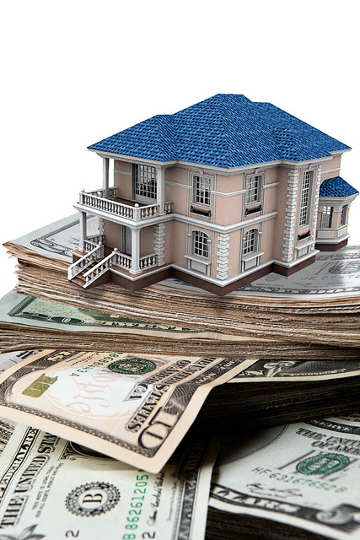How to save for a downpayment

One of the first things you need to do when planning to buy a house is to save for a down payment. Unless you already own a house that you are planning to sell to make a new purchase, the down payment is a crucial first step. But don’t give up at the first hurdle as there are varying levels of down payment for you to consider.
Ideally, you would want to put down 20 percent on your intended home as that would save you having to pay mortgage insurance. You will also have access to a larger pool of conventional financing as a 20 percent down payment signals to a lender that you are a lower risk. Let’s look at the things you can do to get to that 20 percent mark and if that is too steep for you, let’s examine the alternatives later. Realize, of course, that some of our suggestions may seem out of reach for you. But these are based on what people in your position have done before, and they have survived.
Dropping your high-ticket expenses
If you are currently renting, consider moving to a lower-cost condo or townhouse. You may be living in the lap of luxury in a two-bedroom unit in a complex that can offer you a sizeable discount for a smaller space. You might even think about moving to a less trendy neighborhood, either of which could save you a couple hundred dollars per month. If moving is not an option, think about finding a roommate or moving back in with your parents. Granted, you should offer your parents rent money and draw up the terms of your return so as to avoid any unpleasantness. You are looking at a minimum of $2400 to a maximum of say, $7200 saved per year.
f you have a large car payment, explore the possibility of selling your car and buying something much cheaper to own, insure and operate. Buy a cheap beater with a high-reliability reputation so you can at least get to work. Remember this is a temporary situation and you can always go back to owning a high horsepower monster after you have bought your house. Lose the $450 per month car payment and you will have $5,400 in savings, not to mention lower insurance premiums for say, another $800 saved.
Lower your recurrent expenses
A slower internet connection, less channel options on your cable contract and less dining out can save thousands per year. Start making your own lunch and take coffee to work in a thermos, chopping $5 to $10 net per day off your daily expenses. That’s $1300 to $2600 per year, or double that if you have a partner. Gym memberships, cell phone plans and travel should be closely examined if you want to squeeze more money out of your budget. I’m going to mention shopping although it may raise your ire. Set a budget for shopping for new clothes, shoes, toys and the like and when you hit that budget, stop spending
Investing your savings
Having done the hard work of identifying where you can save money, take the next step and set up an automatic withdrawal from your paycheck, moving the extra money into a separate account before you can even see it and be tempted. A Roth IRA will allow you to use the money for a down payment without penalties or taxes being charged, but consult a financial adviser about this.
A good source of funds, largely overlooked in home buying transactions is the seller. Call us at (404) 954 1645 for an explanation of how it works, or Text us.
Use your IRA funds
If you are fortunate enough to have funds sequestered in an IRA, you may use up to $10,000 toward the purchase of a first home without paying the ten percent penalty for early withdrawals. Married couples could source a total of $20,000 this way but remember to pay the taxes on the withdrawal. As usual, your financial adviser will have more information.
Gift funds
Happily, you can use gift funds as part of a down payment as long as you can provide evidence of the source of the funds and an assurance that it’s not expected to be paid back. Now is a good time to call your well-heeled relatives and humbly explain to them that you need help with buying a home.
Seller concessions
Apart from your down payment, you will have to pay closing costs on your mortgage loan. Having struggled to save your down payment, you may be dismayed to learn that you need yet more money. A good source of funds, largely overlooked in home buying transactions is the seller. Your seller may contribute as much as 6% to closing costs on a a FHA loan for a primary residence or 3% on a conventional loan if you are putting down less than 10 percent.
The seller concession is added to the total loan amount but credited to you as a contribution to your closing costs. This, of course, is only viable if the home appraises for the selling price plus seller concessions.
photo courtesy of 401(K) 2012, Creative Common License 2.0, modified from the original 640x480 to 640x360.
